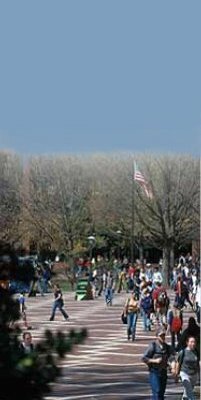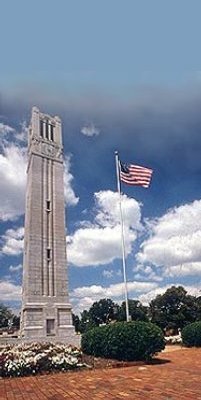
Comprehensive Transcriptome Profiling in Tomato Reveals a Role for Glycosyltransferase in Mi-Mediated Nematode Resistance Plant Physiology 144:1079-1092 (2007)
Jennifer E. Schaff, Dahlia M. Nielsen, Chris P. Smith, Elizabeth H. Scholl and David McK. Bird
Phylogenetic Analysis of Pasteuria penetrans by Use of Multiple Genetic Loci Journal of Bacteriology, August 2005, p. 5700-5708, Vol. 187, No. 16
Lauren Charles, Ignazio Carbone, Keith G. Davies, David Bird, Mark Burke, Brian R. Kerry, and Charles H. Opperman1
Root-knot nematodes and bacterial Nod factors elicit common signal transduction events in Lotus japonicus PNAS | February 22, 2005 | vol. 102 | no. 8 | 3147-3152
Ravisha R. Weerasinghe, David McK. Bird and Nina S. Allen
Virulence Genes in Heterodera glycines: Allele Frequencies and Ror Gene Groups Among Field Isolates and Inbred Lines (pdf file)
Phytopathology | February 2005 | Volume 95, Number 2
K. Dong, K. R. Barker, and C. H. Opperman. Pages 186-191.
Lotus japonicus: A New Model to Study Root-Parasitic Nematodes
Dasharath Prasad Lohar and David McK. Bird
Plant and Cell Physiology, 2003, Vol. 44, No. 11 1176-1184
Horizontally transferred genes in plant-parasitic nematodes: a high-throughput genomic approach
Elizabeth H Scholl, Jeffrey L Thorne, James P McCarter, and David Mck Bird
Genome Biology 2003, Vol. 4, Issue 6
Cytokinins play opposite roles in lateral root formation, and nematode and Rhizobial symbioses
Lohar, Dasharath Prasad, Schaff, Jennifer E., Laskey, James G., Kieber, Joseph J., Bilyeu, Kristin D., Bird, David McK.
The Plant Journal 38 (2), 203-214. (2004)
Model systems in agriculture: Lessons from worms.
Bird, David McK.
Annals of Applied Biology 146 (2), 147-154. (2005)
Resolving tylenchid evolutionary relationships through multiple gene analysis derived from EST data
Elizabeth H. Scholl and David McK. Bird
In Press, Corrected Proof, Available online 3 May 2005
Plant Parasitic Nematodes: Habitats, Hormones, and Horizontally-Acquired Genes
David McKenzie Bird, Hinanit Koltai
Journal of Plant Growth Regulation, Volume 19, Issue 2, Jun 2000, Pages 183 - 194
Alkahest NuclearBLAST : a user-friendly BLAST management and analysis system
Diener SE, Houfek TD, Kalat SE, Windham DE, Burke M, Opperman C, Dean RA
BMC Bioinformatics 2005, 6:147 (15 June 2005)

Wormbase
Nematode.Net
DNA Analysis
Entrez
Blaxter Lab
C. Elegans WWW server
Agriculture Network Information Center
Genome Research Laboratory
|



